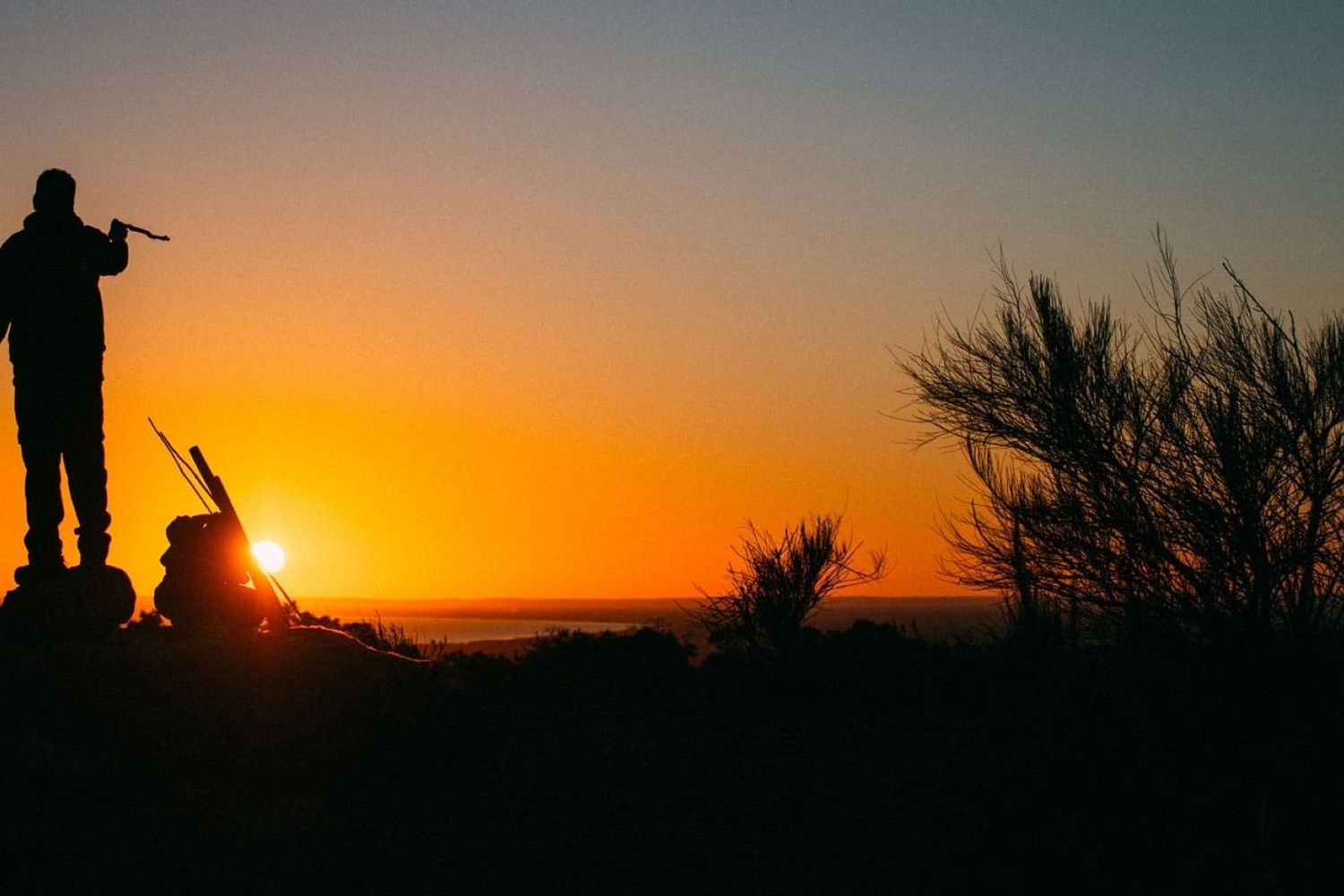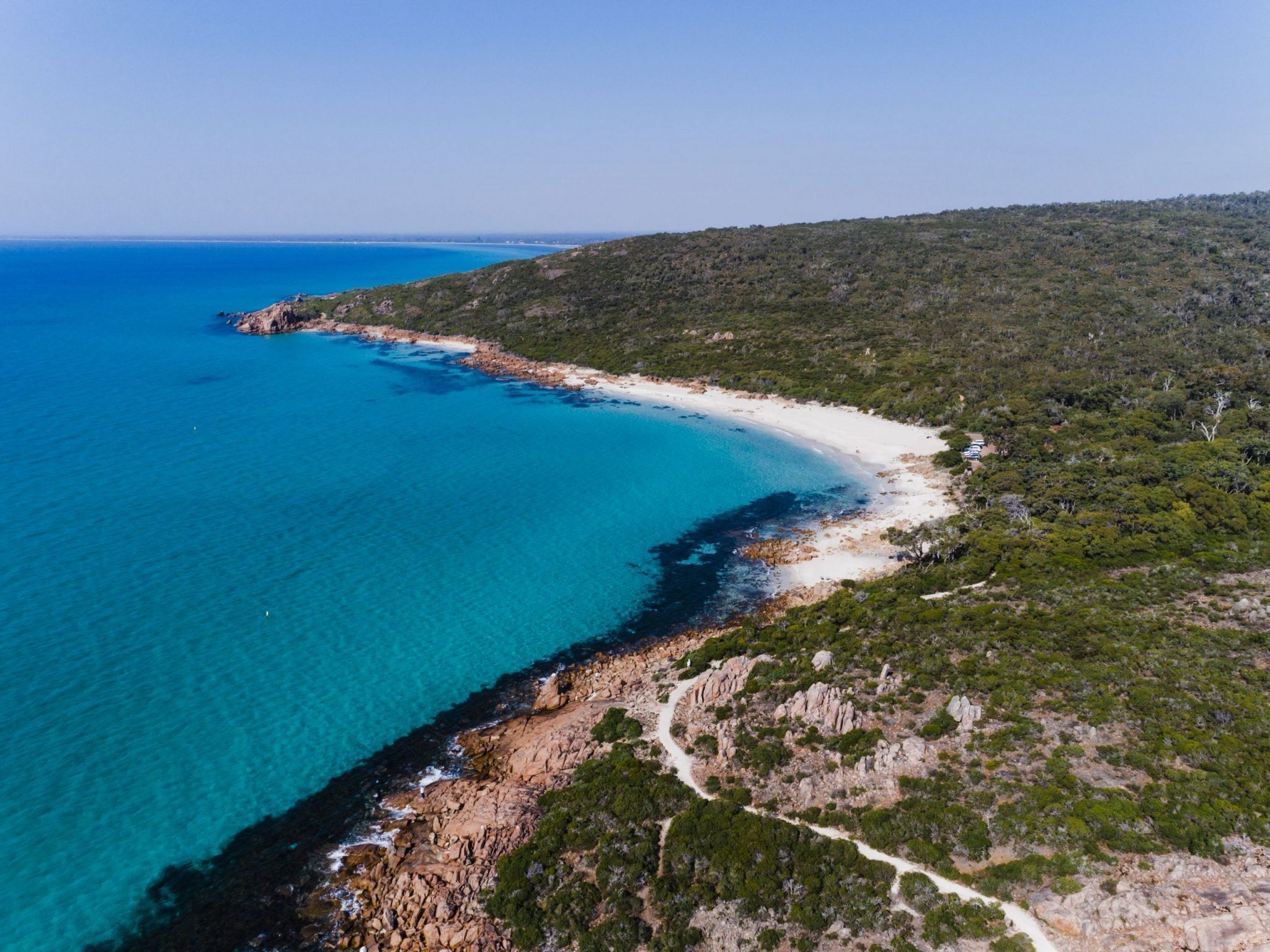“Country is like a native bush – if you shape and change it too much, it can never grow back in the same way.”
There isn’t a distinction for Wadandi Cultural Custodian Josh Whiteland between Indigenous and non-indigenous landscape. Country is the place where we live and where we connect. Every day is an opportunity to care for the land and to notice its beauty and its function, even when our stay is brief. Especially when our stay is brief.
“Leave no trace,” explains Josh, a key to unlocking an intimate experience of culture on Wadandi Boodja – which is the Aboriginal name for the Margaret River Region. “Enjoy your natural surrounds and only leave your footprints. The wind comes along and blows your footprints and your tracks out.”
It’s not just our tracks that Josh would have the wind blow away, but also our expectations.
“Open your eyes to Country,” Josh suggests. “If you’re going to do a tour or an experience I think the best way to do it is to immerse yourself into the experience but don’t have expectation as to what you think it should be.”
Removal of expectation respects Wadandi Boodja as unique. Josh sees the similarities in Aboriginal groups across Australia while also emphasising that, from region to region, “we are very different”. Stories and songs. Vegetation. Climate. Characteristics of the people. Every place a different telling.
“South West people, we are coastal, saltwater people,” Josh says. “We have that close relation to the ocean, that saltwater connection – the way people can identify things and the way people forage and gather and move through land and Country.”
Understanding what this is means engaging with Wadandi caretakers. For Josh it is as simple as going for a walk with a traditional elder and opening eyes to Country. Which is what makes a tour with Josh a great place to start.







